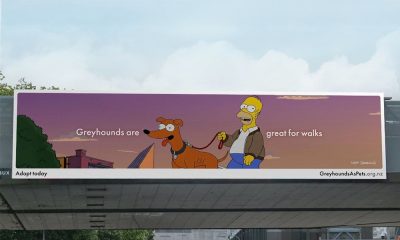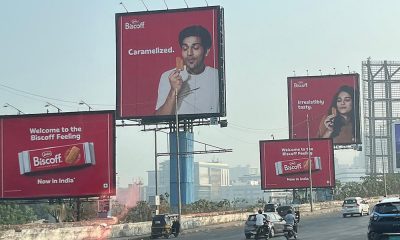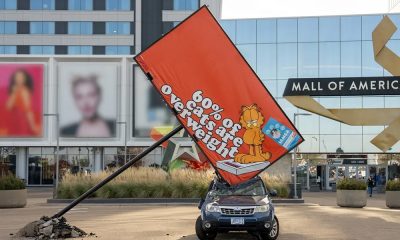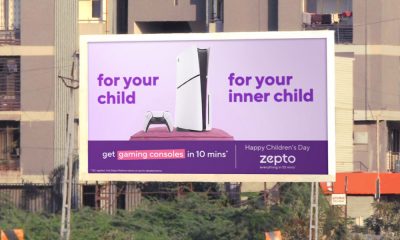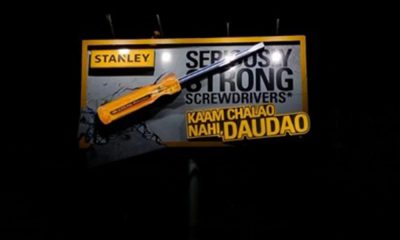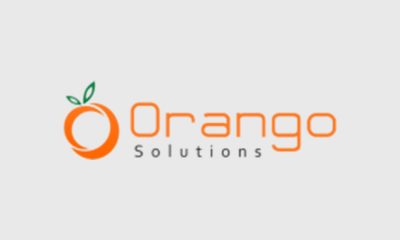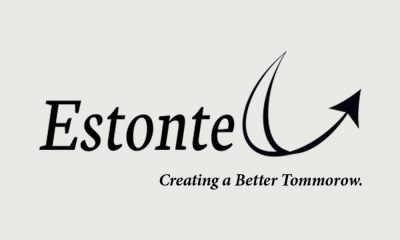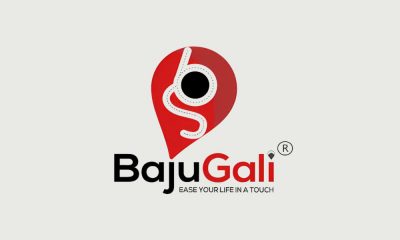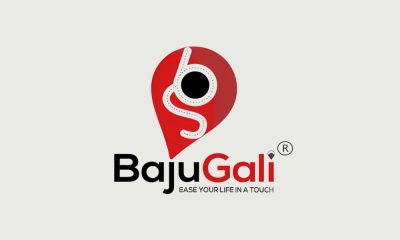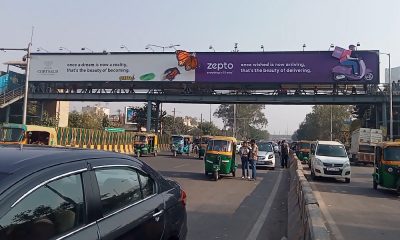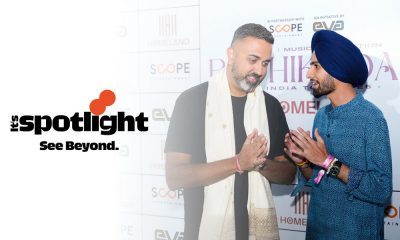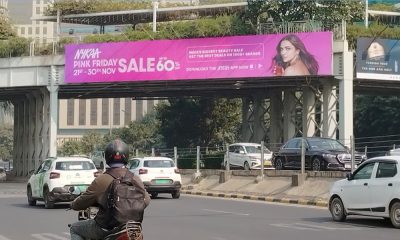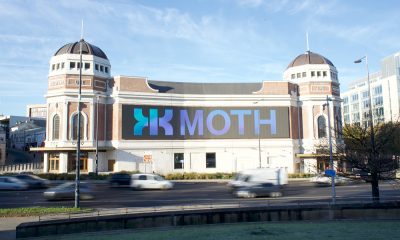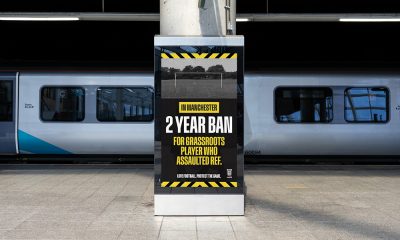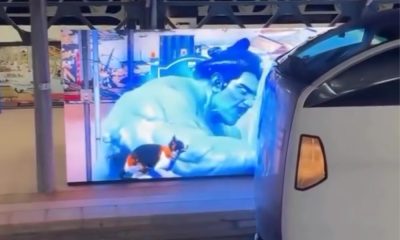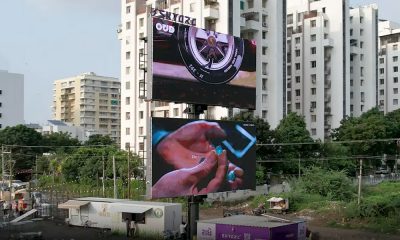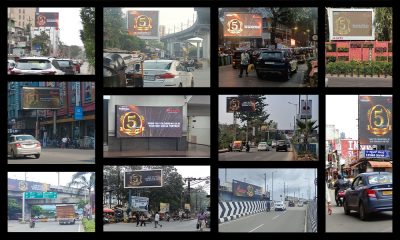OAC
Building a case for measurable, interactive & impactful OOH
At OAC 2025, CKA Birla Group’s Group CMO, Deepali Naair, and Rapport Chrome’s President, Vinkoo Chakraborty, engaged in a compelling dialogue, exploring OOH’s strategic evolution, its role in a tech-driven landscape, and critical industry challenges.
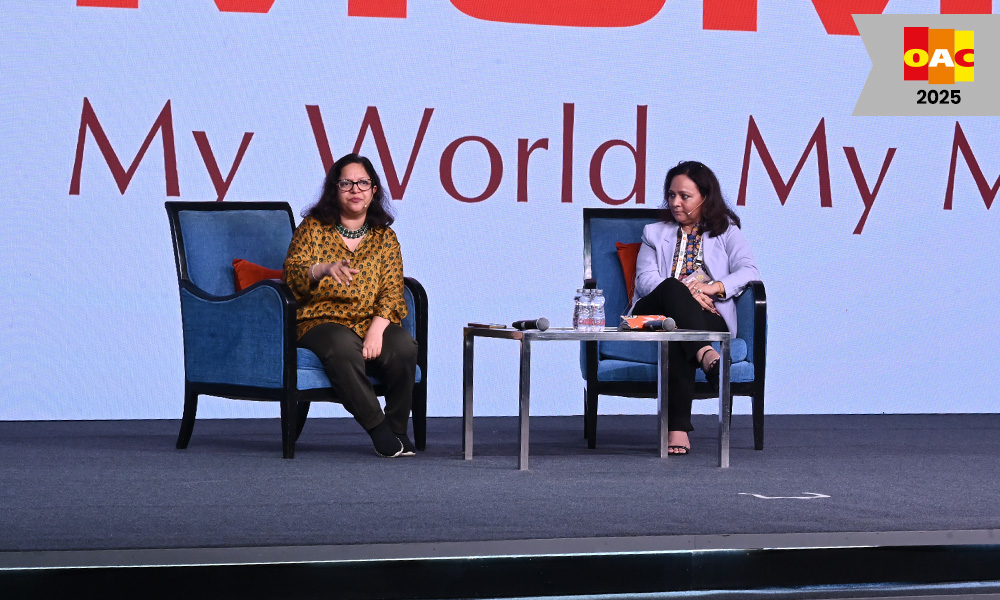
Day 2 of OOH Advertising Convention (OAC) 2025 featured a highly engaging fireside chat between Deepali Naair, Group CMO at CKA Birla Group, and Vinkoo Chakraborty, President, Rapport Chrome. The dynamic discussion delved into the rapidly changing landscape of OOH media, offering strategic insights and candid observations on its present and future.
Vinkoo Chakraborty initiated the discussion by addressing the vital role of OOH in today’s integrated marketing strategies. She asked Deepali about the evolving role of OOH, especially given the continuous and swift changes in the media journey. Deepali promptly challenged the common misconception that OOH has no particular role to play. She emphasized that media selection should be driven by the brand’s specific task.
Strategic fit and the consumer truth
Deepali in fact drove home the need to resonate with the target audience with the right experiential brand presence and choice of formats. Here she brought up the example of a premium art gallery integration at a private jet terminal in Delhi. “It was a brilliant fit given the audience that the space would draw.” She further reiterated the point about using the right media for the right product. “Rather than asking what’s the role that OOH has to play, I think we must ask what is the task that the brand manager has to perform and how the different media fit in the given scheme of things.”
For digital-first brands in particular, Deepali sees a vital role for experiential OOH. She cited the example of an automobile brand creating a distinct presence for its product in the airport, “I think putting your car out at the airport is a great idea. This allows potential buyers to experience the product directly, serving as a ‘mini shop’, she pointed out.
She then outlined two key variables for brands: ‘brand safety’ and the ‘fit of the brand to the medium.’ She cited examples of brands seemingly misplaced in OOH, like pipe fittings at airports, and emphasized the critical role of media agencies in providing sound advice to clients to prevent wasted marketing spend.
Ultimately, Deepali asserted, “the effectiveness of OOH across different cities boils down to understanding and chasing the local ‘consumer truth’ as regions undergo varying economic transformations and growth cycles”.
Experiential and digital evolution: The path forward
Deepali emphasised that OOH had indeed evolved significantly, both in India and globally, particularly noting innovations around airports with “experiential stuff, and the interactive screens.” She advised the OOH industry to draw inspiration from tech summits, “I think the OOH industry should observe tech conferences to understand the kind of interactivity that’s possible on digital screens.” She also lamented the loss of iconic OOH sites in India like Mumbai’s Patel Bridge, which once commanded significant outdoor budgets.
Digital OOH: Global success, Indian challenges, and strategic ROI
Vinkoo then noted DOOH’s rapid global growth as one of the top five mediums and sought Deepali’s view on whether it’s the next game-changer for the Indian OOH industry. Deepali promptly replied in the affirmative, “Absolutely. If you look at the success that’s happened globally, it is primarily because there is digital interactivity.” However, she candidly addressed the unique challenges faced by DOOH in India, including issues with digitization, maintenance, and petty theft. She also cautioned against blindly imitating Western models.
Sharpening creativity and proving ROI
Deepali also stressed on the need for the industry’s focus to shift from doing innovation for the sake of innovation or for winning awards, and instead focus on proving tangible business impact. “The question that you all need to answer is how to measure and how to prove impressions, to borrow the term from the digital industry,” she said.
She also addressed the challenge of fostering creativity in OOH, observing that traditional agencies have historically prioritized TV. In this context, she suggested that the OOH industry might benefit from collaborating with digital creative agencies: “I think you might benefit from working with the digital creative agencies because they are used to working with screens,” she said, addressing the industry. She shared a personal anecdote about struggling to find a creative agency for a specific, non-adaptation of OOH campaign for a hospital, highlighting a persistent gap in creative capability.
On the need to increas the number of advertisers in OOH, Vinkoo asked if investing in a repository of case studies demonstrating OOH effectiveness would help, given the medium’s current skew towards a few categories. Deepali strongly supported this: “I definitely think as an industry, you should have a repository of case studies, which show impact, which show ROI, which show new user testing, and whatever be the metrics that are important to the brand managers.” She also advised focusing on building great depth with existing advertisers, who already believe in the medium, showcasing innovative work with them to attract others.
Need for Standardisation
Vinkoo next raised a pertinent point about the lack of standardization in OOH unit sizes and shapes across Indian cities and its potential impact on brand imagery; and wondered if municipal corporations needed to be involved to define standardisation. Deepali, however, shifted the onus back to the industry, stating that brand managers primarily rely on media owners and agencies for solutions, viewing it as an “internal issue.”
A powerful message for young professionals
Vinkoo concluded the session by asking Deepali for a piece of advice to the many young OOH professionals in the audience. Deepali delivered a powerful and urgent message: “I think you must watch the space extremely carefully about how AI integration is going to change the shape and size of your industry.” She also issued a stark warning regarding the expected huge loss of jobs in the marketing/media/advertising industries. “Those who will retain the jobs will be the ones who master and understand what can happen with AI,” she said, urging for continuous learning and mastery of AI tools.
The fireside chat between Deepali Naair and Vinkoo Chakraborty indeed left the audience with a lot to mull over, while underscoring the urgent need in the OOH eco-system for strategic thinking, technological adoption, and a relentless focus on demonstrable value.
-

 Tenders
TendersSolutions Advertising bags exclusive media rights of Pune Metro
-

 Creative Concepts
Creative ConceptsNMACC’s snowfall billboard promotes The Nutcracker on Ice
-

 Ad Policies & Regulations
Ad Policies & RegulationsNew BMC OOH Policy: Restrictive but necessary?
-

 Creative Concepts
Creative ConceptsPowerful handcuff installation in Mumbai for Arpan’s Child Safety Week
